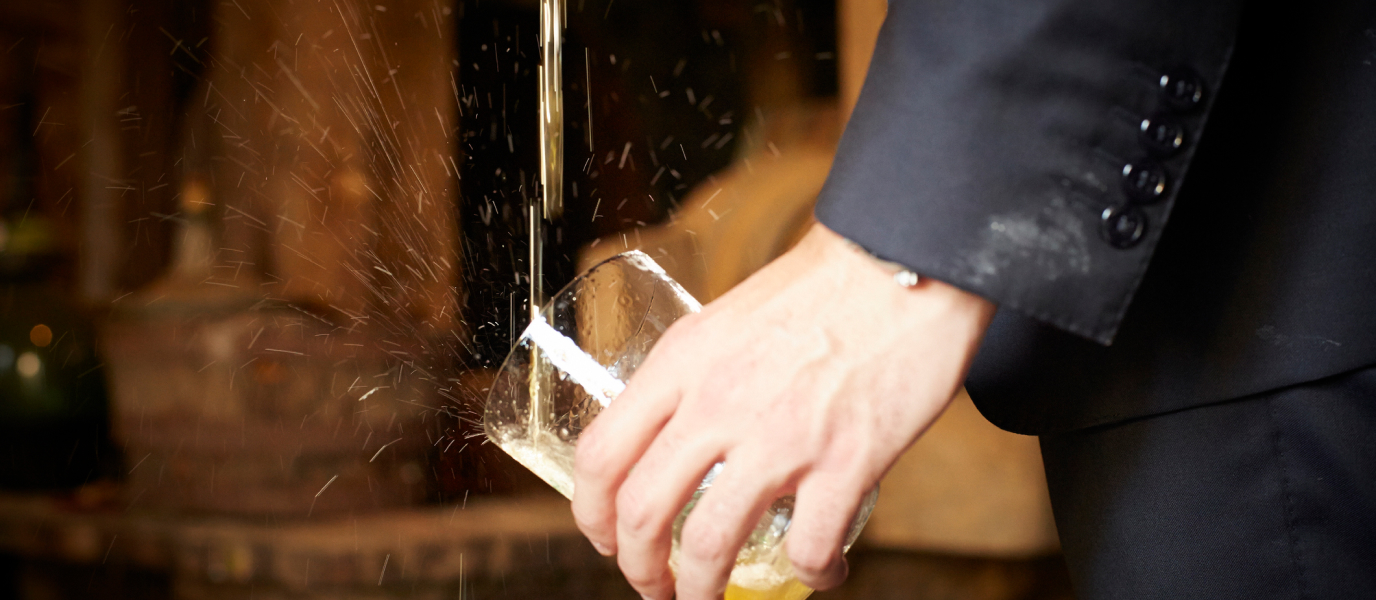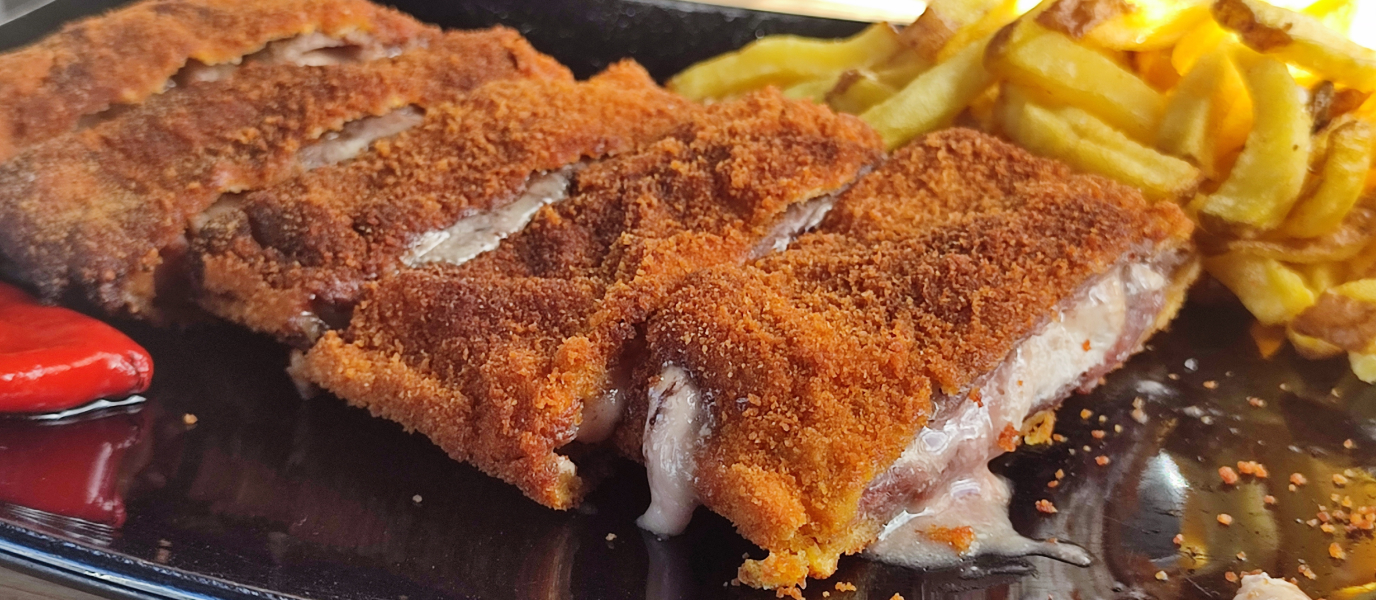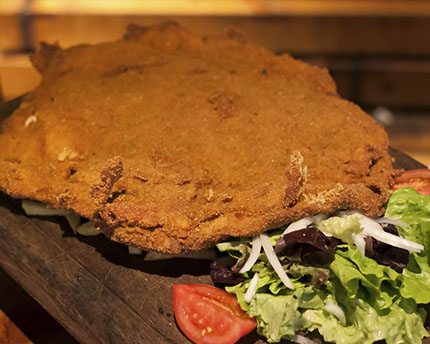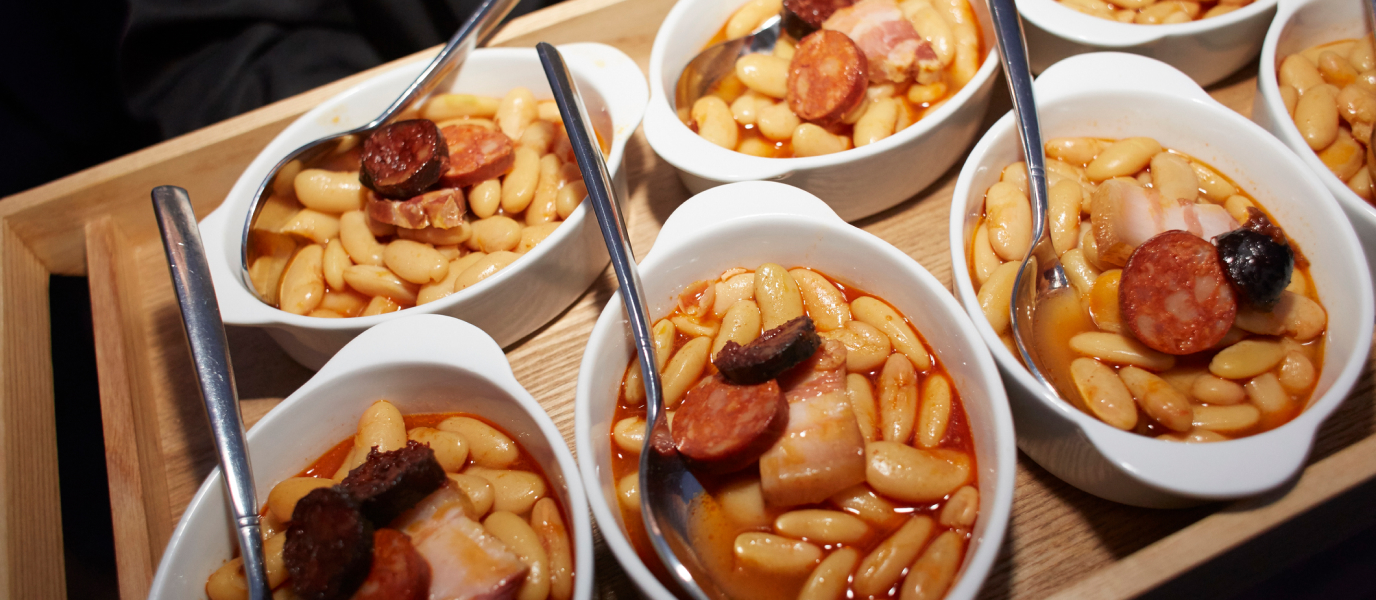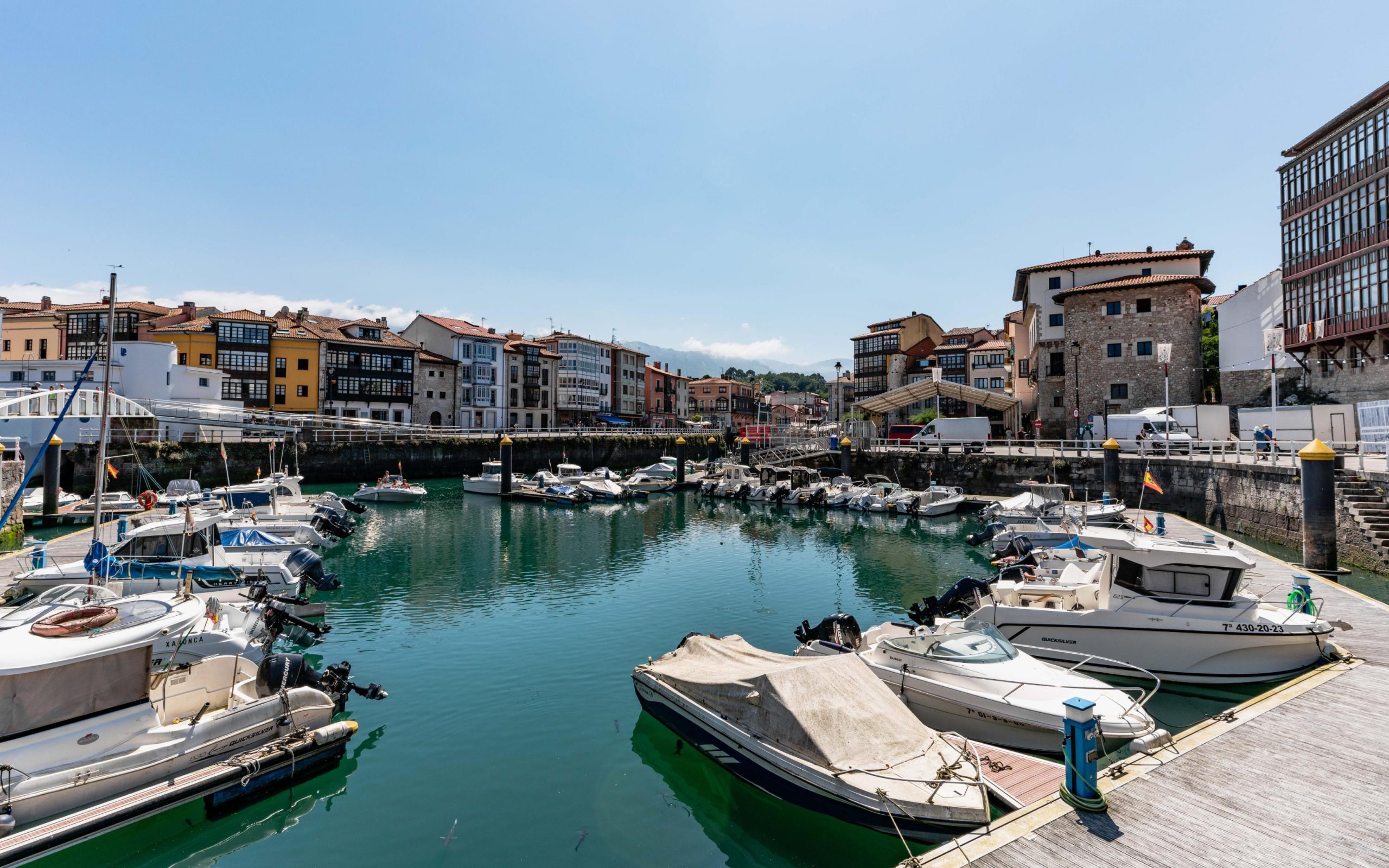It’s impossible to really get a feel for the Principality of Asturias without a bottle of Asturian cider in your hand. This refreshing apple-based drink is an integral part of any important event in the region.
Asturias produces more than 45 million litres of cider every year – 80 percent of all the cider produced in Spain – and around 75 percent of the cider made in Asturias is consumed there.
Cider is made throughout the region but the Comarca de la Sidra or Cider District (an association comprising six different municipalities) is where most traditional cider production takes place. The city with the most cider houses or sidrerías (the perfect place to sample the drink) is Gijón, conveniently close to the comarca.
Natural cider
Asturian cider has its own protected designation of origin (PDO). This status is testament to the quality of the product, its sensory qualities and the traditional production methods used. Look out for D.O. Sidra de Asturias on the label. Three different types of cider are eligible for this PDO:
- natural cider (traditional)
- filtered natural cider
- sparkling natural cider
The traditional cider is made from the juice of one (or several) of the 22 varieties of apple permitted under the PDO label, and is undoubtedly the most popular and characteristic Asturian cider in bars and restaurants across the region. Some 500 varieties of apple are cultivated in Asturias alone!
Traditional Asturian cider is fermented in wooden barrels for several months, depending on what time of year the apples were pressed. The cider is then decanted (without coming into contact with air) to get rid of as much sediment as possible and to ensure that the juices are blended well.
After fermentation, and once the cider has an alcohol content of 5-6 %, it is bottled without filtering. The resulting cider should ideally be consumed within a year to really appreciate its qualities.
Special pouring method
The traditional pouring method involves holding the bottle as far above the glass as possible so that the stream hits the glass from height. In fact, Asturian cider is one of the few across the world (if not the only one) that needs to be poured this way to aerate it, unlock the flavour and bring out its natural aromas. It also creates a pleasant sensation on the palate that really adds to the whole experience.
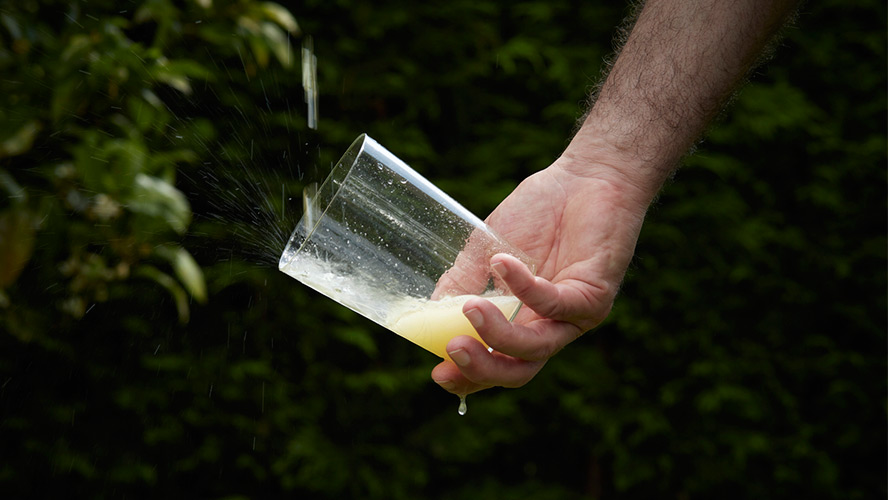
Sidra Trabanco
Trabanco has been making cider since 1925 and over the years the children and grandchildren of founder Emilio Trabanco have successively taken over the reins.
Trabanco ciders used to be produced exclusively in the Lavandera province (very near Gijón) until the company acquired another press in 2010 in Sariego, right at the heart of the Cider District. The public can visit the new 11,000-m2 facility to discover exactly how this drink is produced. And for those who want to tag on a culinary experience, you can book a table in Casa Trabanco.
The company has diversified its product range and along with natural Asturian cider now produces sparkling ciders, cider vinegar and even a white vermouth, also made using apple must.
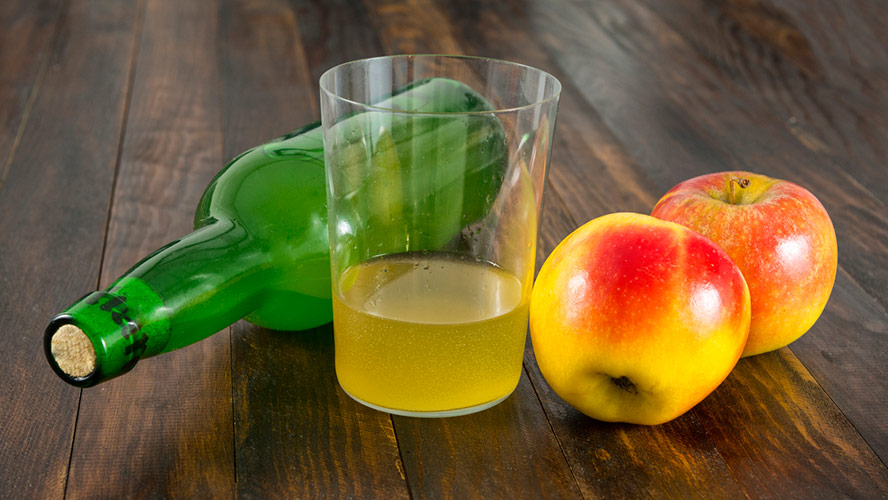
Cider houses
Asturian cider deserves to be enjoyed in a specialist establishment. Such cider houses (sidrerías in Spanish) are known locally in Asturias as chigres. The cider is traditionally served alongside tortillas, cheese, cod, chorizo and tripe dishes. In fact, it goes pretty well with all variety of Asturian cuisine. The combination of the local cider and traditional culinary delights makes a visit to a cider house absolutely essential for anyone who wants an authentic Asturian experience.
You’ll find a sidrería in just about every major town across the region. Here are some of the best:
- El Cartero (Cienfuegos, 30, Gijón): A symbol of the city of Gijón and a regular meeting place for many locals. As well as the cider, make sure to try one of their excellent fish dishes.
- Lagar Casa Gervasio (Fuente de la Plata, 68, Oviedo): It may be a little out of the city centre, but this sidrería is nonetheless popular with locals who claim to know a thing or two about cider. It’s worth trying the fried grouper and the British-style chips.
- Casa Lin (Avenida Telares, 3, Avilés): The cider pouring ritual in this place is an art form in itself. Try pairing your cider with the house mussels and the wonderful cheese selection (all from Asturias, of course).
- Lena (Cervantes, 2, Villaviciosa): Villaviciosa is the capital of Asturian cider. The food in this place is surprisingly innovative given how strongly the local cider scene holds onto its traditional roots. Choose from more than 20 ciders with protected designation of origin.
- El Chaflán (Manuel Llaneza, 63, Gijón): Winner of the 2018 Gijón Cider Contest owing to the quality of its cider-house food menu. This sidrería is still worthy of the award and is one of the best in the city.




































































